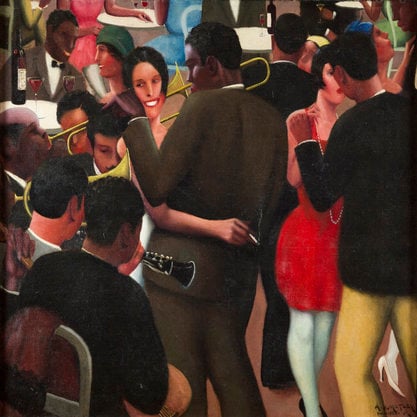Article
Jazz Dancing By Crosby, Jill Flanders; Oliver, Wendy
Article
Jazz dancing is an important modern art form that developed in tandem with jazz music between the 1910s and 1940s in America. Emanating from African-American folk and vernacular practices of the early 20th century, jazz dancing reflects the evolving freedoms of modern African-Americans as well as the racial tensions of the modern era in which it was created. Indeed, jazz dance displays the complexity and exuberance of modern American culture and history. The many manifestations of jazz dancing range in style from vernacular to theatrical and embrace, to varying degrees, fundamental movement qualities such as a weighted release into gravity, rhythmic complexity, propulsive rhythms, a dynamic spine, call and response, a conversational approach to accompanying rhythms, and attention to syncopation and musicality.

